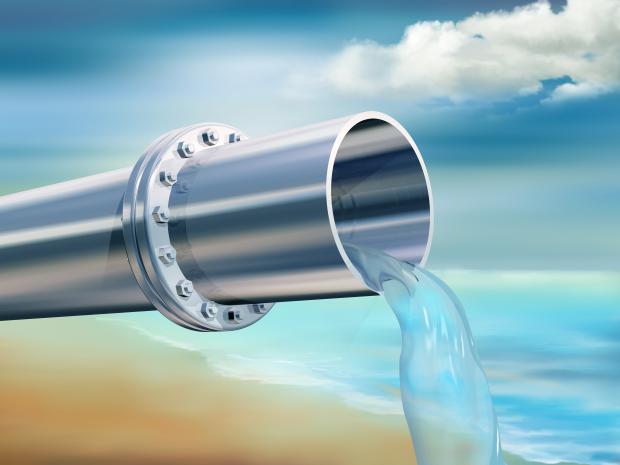
Breaking News
 2 Hours of Retro Sci-Fi Christmas Songs | Atomic-Age Christmas at a Snowy Ski Resort
2 Hours of Retro Sci-Fi Christmas Songs | Atomic-Age Christmas at a Snowy Ski Resort
 Alternative Ways to Buy Farmland
Alternative Ways to Buy Farmland
 LED lights are DEVASTATING our bodies, here's why | Redacted w Clayton Morris
LED lights are DEVASTATING our bodies, here's why | Redacted w Clayton Morris
Top Tech News
 Travel gadget promises to dry and iron your clothes – totally hands-free
Travel gadget promises to dry and iron your clothes – totally hands-free
 Perfect Aircrete, Kitchen Ingredients.
Perfect Aircrete, Kitchen Ingredients.
 Futuristic pixel-raising display lets you feel what's onscreen
Futuristic pixel-raising display lets you feel what's onscreen
 Cutting-Edge Facility Generates Pure Water and Hydrogen Fuel from Seawater for Mere Pennies
Cutting-Edge Facility Generates Pure Water and Hydrogen Fuel from Seawater for Mere Pennies
 This tiny dev board is packed with features for ambitious makers
This tiny dev board is packed with features for ambitious makers
 Scientists Discover Gel to Regrow Tooth Enamel
Scientists Discover Gel to Regrow Tooth Enamel
 Vitamin C and Dandelion Root Killing Cancer Cells -- as Former CDC Director Calls for COVID-19...
Vitamin C and Dandelion Root Killing Cancer Cells -- as Former CDC Director Calls for COVID-19...
 Galactic Brain: US firm plans space-based data centers, power grid to challenge China
Galactic Brain: US firm plans space-based data centers, power grid to challenge China
 A microbial cleanup for glyphosate just earned a patent. Here's why that matters
A microbial cleanup for glyphosate just earned a patent. Here's why that matters
 Japan Breaks Internet Speed Record with 5 Million Times Faster Data Transfer
Japan Breaks Internet Speed Record with 5 Million Times Faster Data Transfer
Low-power desalination tech may provide drinking water at disaster sites

That's where a new system may someday come in, as it utilizes just a small amount of electricity – which could be stored in a battery – to desalinate seawater for drinking.
Currently, reverse osmosis in the most commonly used method of desalination. In a nutshell, it works by forcing seawater through a permeable membrane that allows water molecules to pass through, but not salt (sodium chloride) molecules. It's an effective process, but it also requires a considerable amount of power in order to generate the required water-pushing pressure. Additionally, the membranes eventually get clogged with captured salt, and have to be replaced.
Developed by scientists from the UK's Universities of Bath, Swansea and Edinburgh, an experimental new system doesn't utilize pressure at all. Instead, it incorporates a vessel with a positively charged electrode at one end, a negatively charged electrode at the other, and a porous membrane between them.
When seawater is placed inside, the positively charged sodium ions in the salt molecules are drawn to the negatively charged electrode, while the negatively charged chloride ions are drawn to the positively charged electrode.
As the chloride ions pass through the membrane while moving toward the positive electrode, they also push water (H2O) molecules through that membrane. The sodium ions remain on the original side of the membrane, as they're attracted to the negative electrode.
The chloride ions are then circulated back to that side, so they can move more water molecules across. Eventually, most the water ends up on the positive-electrode side of the membrane, completely salt-free.
So far, the system has only been tested on a few milliliters of water at a time. The researchers are thus looking for partners to help develop the technology up to the point that it can process one liter of water, so they can get a better sense of how much power a practical system would require.

 $100 SILVER CONFIRMED?
$100 SILVER CONFIRMED?

